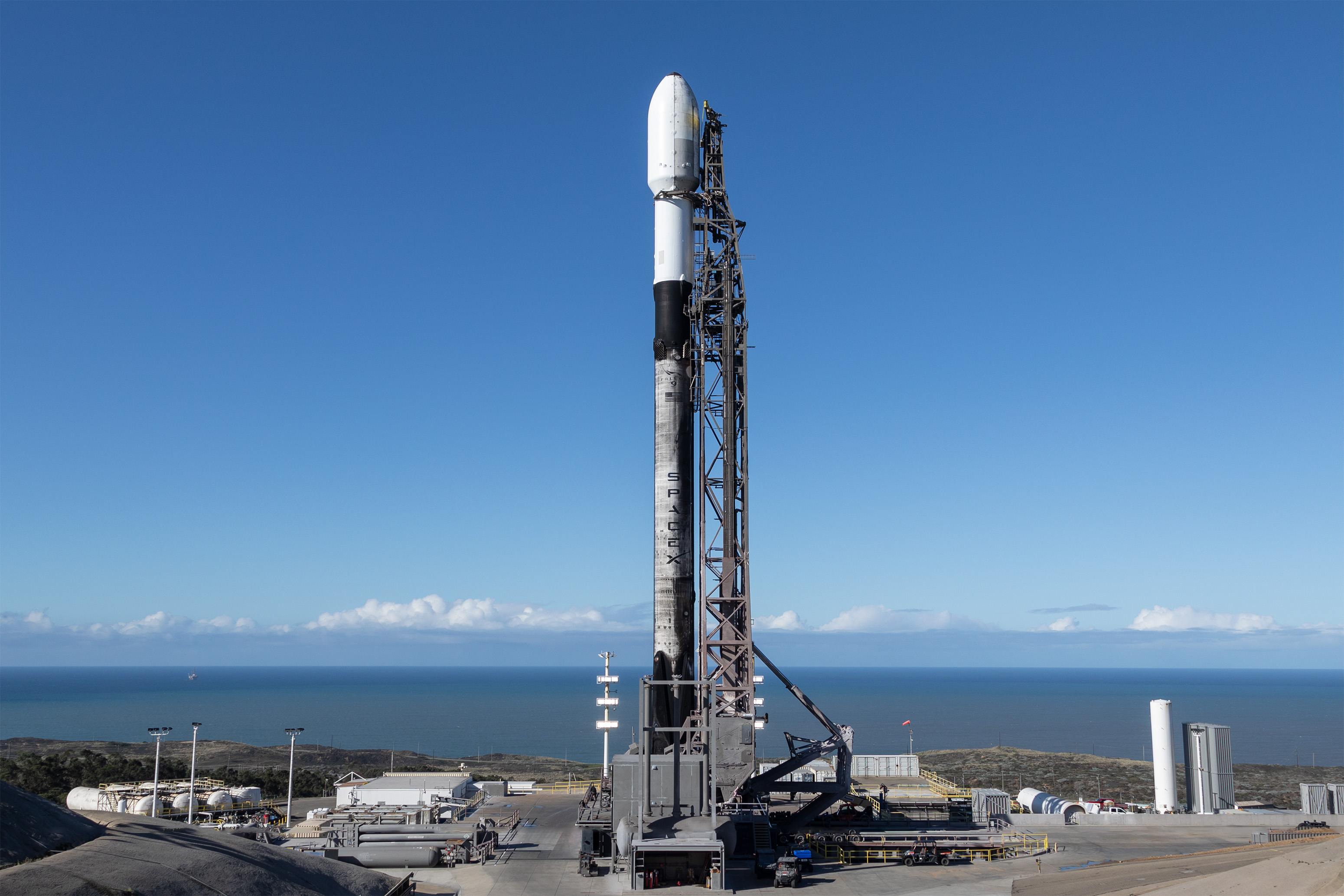Previous Spaceflight Launches
Filter by Agency, Locations or Vehicles
Show All LaunchesFalcon 9 Block 5 | CSG-3
SpaceX | United States of AmericaVandenberg SFB, CA, USA
Jan. 3, 2026, 2:09 a.m.
Falcon 9 Block 5 | Starlink Group 15-13
SpaceX | United States of AmericaVandenberg SFB, CA, USA
Dec. 17, 2025, 3:27 p.m.
Falcon 9 Block 5 | Starlink Group 15-12
SpaceX | United States of AmericaVandenberg SFB, CA, USA
Dec. 14, 2025, 5:49 a.m.
Falcon 9 Block 5 | Starlink Group 15-11
SpaceX | United States of AmericaVandenberg SFB, CA, USA
Dec. 10, 2025, 11:40 a.m.
Falcon 9 Block 5 | Starlink Group 11-15
SpaceX | United States of AmericaVandenberg SFB, CA, USA
Dec. 7, 2025, 5:58 p.m.
Falcon 9 Block 5 | Starlink Group 11-25
SpaceX | United States of AmericaVandenberg SFB, CA, USA
Dec. 4, 2025, 8:42 p.m.
Falcon 9 Block 5 | Starlink Group 15-10
SpaceX | United States of AmericaVandenberg SFB, CA, USA
Dec. 2, 2025, 5:28 a.m.
Falcon 9 Block 5 | Transporter 15 (Dedicated SSO Rideshare)
SpaceX | United States of AmericaVandenberg SFB, CA, USA
Nov. 28, 2025, 6:44 p.m.
Falcon 9 Block 5 | Starlink Group 11-30
SpaceX | United States of AmericaVandenberg SFB, CA, USA
Nov. 23, 2025, 8:48 a.m.
Falcon 9 Block 5 | Sentinel-6B
SpaceX | United States of AmericaVandenberg SFB, CA, USA
Nov. 17, 2025, 5:21 a.m.
Status: Launch Successful
Mission:
The Sentinel-6 Michael Freilich (launched November 2020) and Sentinel-6B make up the Sentinel-6 mission, also known as Jason Continuity of Service (Jason-CS), which is a partnership between NASA, NOAA, ESA, and EUMETSAT. This mission continues the long-term global sea surface height data record begun by first Jason satellites in 1992.
Low Earth Orbit B1097 - Flight Proven ( ) Landing Zone 4




